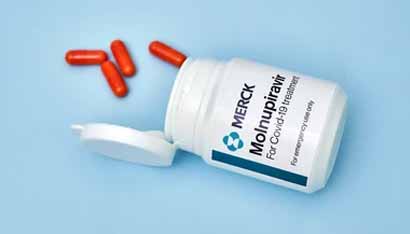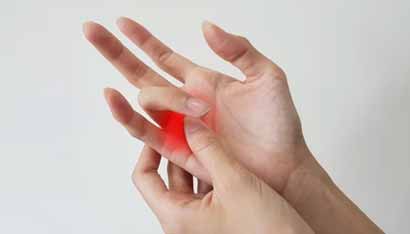While it is a rare disorder, there is a great deal of information available for people suffering from cluster headaches. Treatments for cluster headaches are varied, and can be achieved through behavioral changes, prescription medications, and other measures. If you are unsure of your triggers or the most effective treatment, it can help to look for support groups online. A good place to start is the Headache and Facial Pain Program at the University of Texas Southwestern Medical Center in Dallas.
Treatments

Neurologists are challenged to find effective treatments for intractable cluster headache. This headache is associated with severe pain and, in many cases, suicidal thoughts. Dr. Todd Rozen of the Mayo Clinic in Jacksonville, Florida, recently addressed the Eighth Annual Scientific Meeting of the Southern Headache Society on this topic. In this article, he explains how to find treatment for cluster headache. Acute treatments for cluster headaches include subcutaneous sumatriptan and high-flow oxygen.
If left untreated, cluster headaches can become severe within 15 minutes. They can last anywhere from 45 minutes to three hours. Typically, cluster headache sufferers are sleep deprived and agitated. The pain in clusters is unlike that of a migraine headache. While many patients prefer to rest, cluster headache sufferers may find themselves unable to sleep for the rest of the day. Although cluster headaches are rarely accompanied by gastrointestinal symptoms, they can be indicative of underlying medical conditions. These include a brain tumor or a ruptured blood vessel, continue to read here.
Triggers

Unlike migraine, the exact causes of cluster headache are unknown. It is a condition associated with changes in the body’s biological clock, a region located in the hypothalamus. Certain cardiovascular medications and alcohol have also been linked to the condition. Smoking and changes in sleep-wake cycles have also been linked to cluster headache. Men are more likely to develop cluster headaches than women. While the exact causes of cluster headache are unknown, many of the triggering factors are similar to those of migraine.
People who suffer from cluster headache are typically men between the ages of 20 and 40 years old, with rare cases occurring in children. A typical profile of a sufferer of cluster headache includes sleep deprivation, depression, and a rugged complexion. They may also have thicker blood. Though the exact causes are still not known, it is believed that cluster headaches and migraines are both vascular headaches. Despite their similarities, though, there is still no definite cure for cluster headaches.
Behavioral treatments
A number of behavioral treatments are available to help those suffering from cluster headaches. Compassion and education are two key elements of a good treatment plan. A long-term, trusting relationship with a doctor is also essential to the success of behavioral treatments. The first step is to seek a diagnosis for cluster headache. The doctor will be able to determine whether cluster headache is indeed a specific condition, and may recommend a number of different treatments.
Behavioral treatments for cluster headache have been developed to treat psychiatric comorbidity, pain intensity, and medication adherence. These methods target patients’ ability to regulate their emotions, which is an important component of functional life despite pain. This treatment strategy can be used as a stand-alone treatment or as an adjunct to pharmacotherapy. The patient may benefit from support from family members. For some, it may even be a more appropriate approach.
Preventive medications

A preventive medication is important for cluster headache, as it can help the condition. The symptoms of cluster headaches usually do not have a family history. The disease tends to be unpredictable, with patients reporting one or more attacks per day. Patients may experience one or more cluster attacks in any given day, but the average number of cluster headache attacks is two per month. Most people experience one or two attacks a day, with most occurring between midday and midnight.
Conclusion
When taking preventive medications for cluster headache, patients should discuss side effects with their doctor. Some medicines, like corticosteroids, can cause serious side effects. For instance, corticosteroids and lithium carbonate, which treat bipolar disorder, can cause liver damage and diabetes. Patients may need to start on a low dose of these medications and taper off when the length of the episodes reaches the expected duration.
